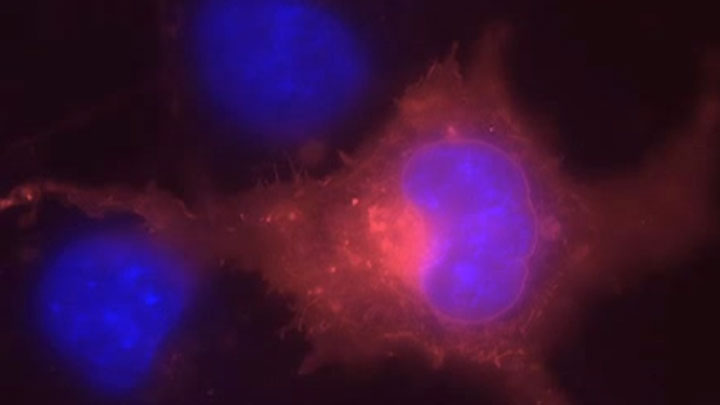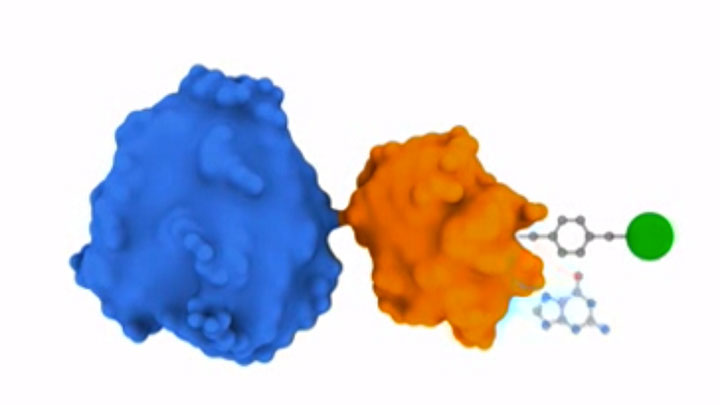
Protein Labeling
Choose Type:
- 5 Minute Transformation Protocol (C3022)
- Affinity Purification and On-column Cleavage (E6901)
- Cellular Labeling (E9100)
- Cellular Labeling (E9230)
- Cellular Labeling (S9124)
- Cloning of ACP-tag Fusions in pACP-tag(m)-2 (N9322)
- Construction of the Fusion Plasmid (E6901)
- Expression of ACP-tag Fusions (N9322)
- Fusion Protein Expression (E6901)
- High Efficiency Transformation Protocol (C3022)
- Labeling of Proteins in Solution (E9230)
- Labeling of Proteins in vitro (S9351)
- Labeling on the Surface of Cells (S9349)
- Labeling on the Surface of Cells (S9350)
- Labeling on the Surface of Cells (S9351)
- Labeling Proteins in vitro (S9124)
- Labeling SNAP-tag Purified Protein In Vitro (P9312)
- Preparation of Media and Solutions (E6901)
- Primer Design for Restriction Enzyme Cloning (E6901)
- Protocol for Expression Using T7 Express Crystal (C3022)
- Recommended media and expression conditions for T7 Express Crystal (C3022)
- Seleno-methionine Incorporation (C3022)
- Simplified Expression and Purification Protocol (E6901)
- Use of SNAP-Cell Block with SNAP-Cell Substrates (E9100)
- Use of CLIP-Cell Block with CLIP-Cell Substrates (E9230)
- View the video "Fluorescent Labeling of COS-7 Expressing SNAP-tag Fusion Proteins for Live Cell Imaging" in the Journal of Visualized Experiments (JoVE)
- Western Transfer Protocol for Anti-MBP Monoclonal Antibody
- Cellular Labeling (E9120)
- Instructions for Cellular Labeling (E9200)
- Labeling Proteins in vitro (E9120)
- Labeling Proteins in vitro (E9200)
- Protocol for IPL
- Reaction Conditions for Chemical Coupling with CoA-SH (S9352S)
- Cloning of SNAP-tag Fusions in pSNAPf (N9183)
- Cloning of SNAP-tag Fusions in pSNAP-tag(T7)-2 (N9181)
- Expression of SNAP-tag Fusions (N9181)
- Expression of SNAPf Fusions (N9183)
- Labeling of Proteins in vitro (S9349)
- Labeling of Proteins in vitro (S9350)
- Protocol for Labeling ACP- or MCP-tag Fusion Proteins with CoA Substrates.
- Labeling of Proteins in vitro (E9100)
- Use SNAP-Capture Magnetic Beads (S9145)
- RNase B Deglycosylation Protocol (P7817)
- Fusion Constructs (E6901)
-
SNAP-tag® Technologies: Tools to Study Protein Function
Read about the NEB’s set of protein tools for the specific labeling (SNAP-, CLIP-, ACP- and MCP-tags) of fusion proteins.
- Cellular Imaging & Analysis Brochure
- Comparison of SNAP-tag®/CLIP-tag™ Technologies to GFP
- Labeling with SNAP-tag® Technology Troubleshooting Guide
Feature Articles
Brochures
Selection Tools
Troubleshooting Guides
Products and content are covered by one or more patents, trademarks and/or copyrights owned or controlled by New England Biolabs, Inc (NEB). The use of trademark symbols does not necessarily indicate that the name is trademarked in the country where it is being read; it indicates where the content was originally developed. The use of this product may require the buyer to obtain additional third-party intellectual property rights for certain applications. For more information, please email busdev@neb.com.
This product is intended for research purposes only. This product is not intended to be used for therapeutic or diagnostic purposes in humans or animals.



